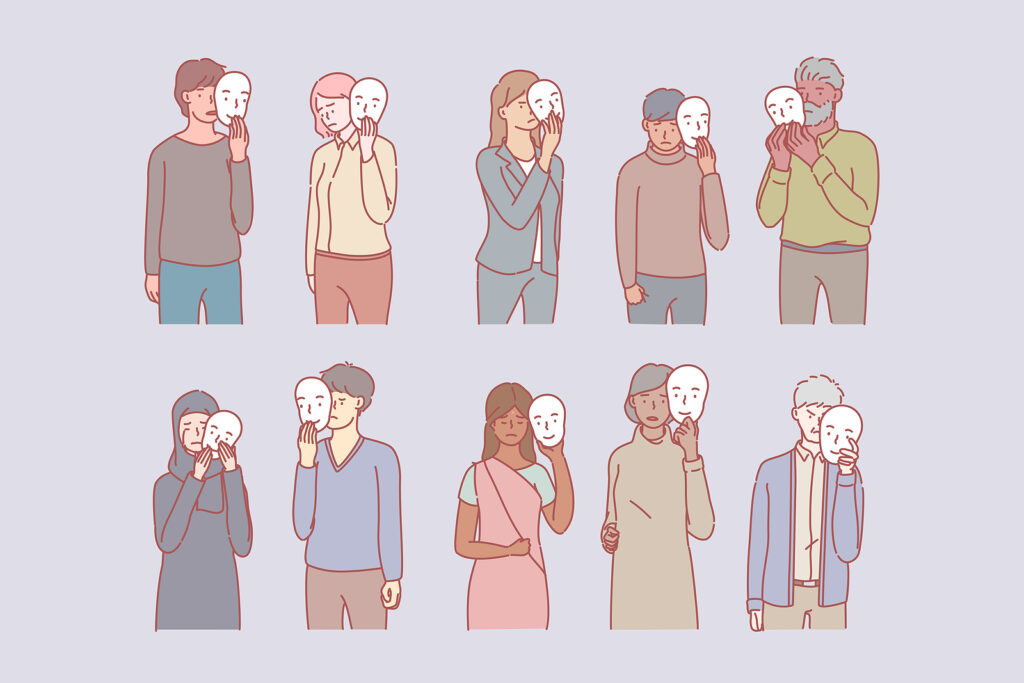Oftentimes, patients come to me at Kind Mind depressed, looking for the “magic cure”. Although unfortunately there is no such thing, people are often surprised to learn the therapeutic interventions that prove most effective are significantly less complicated than one might think.
What is Behavioral Activation?
Behavioral Activation (BA) is a brief psychotherapeutic approach that is used in the treatment of depression. The overarching concept is simple; it works by having the patient identify specific goals each week, followed by the therapist working with them towards meeting those goals. These goals take the form of pleasurable activities that are consistent with the life the patient is working towards. BA is designed to increase the patient’s contact with positively rewarding activities. Particularly, when the patient is feeling depressed or anxious, they should engage in one of the identified rewarding activities. This teaches the patient that their behavior can have a direct impact on their mood.
The BA model suggests that negative life events such as grief, trauma, daily stressors, or a genetic predisposition to depression can lead to a person lacking positive reinforcement. Additionally, a person might turn to unhealthy behaviors in an attempt to avoid dealing with their negative feelings. Those behaviors provide the person with temporary relief, but ultimately will result in further negative outcomes and worsening depression.

Although the concept of BA may be simple, taking the steps towards change when you are feeling depressed is not. However, there are ways you can start implementing BA into your life.
Identify activities that are uniquely important to you.
People often identify activities based on what they think they should be doing, as opposed to doing what will bring them the most joy. Identify and brainstorm activities you might enjoy, followed by writing them down. If you are having trouble identifying activities, try thinking back to your childhood; was there an activity that you really enjoyed? Is there something you have been wanting to give more attention to but haven’t? Try thinking about a hobby you have always wanted to try. Don’t overcomplicate it, start simple.
Make sure activities are specific and progress is measurable.
When selecting activities you want to try, you want to think about how you can tangibly measure your progress. “Getting organized” is an activity, but “cleaning the kitchen” will allow you to monitor your progress and see success. Furthermore, you can break the kitchen down into sections, taking on smaller tasks each day. This helps to reduce feelings of being overwhelmed. If you are struggling with this, you can listen to the Savvy Psychologist podcast episode on forming SMART goals.
Take your activity list and rank them from “easiest” to “hardest”.
BA can be difficult to do when you are feeling depressed, especially initially. Therefore, you want to make sure that you can see progress being made relatively quickly. If you are experiencing low motivation, the most important thing to do is to get moving and be active to make sure that avoidant behaviors associated with anxiety and depression don’t set in. By choosing to start with activities that are going to be easier and simpler to start with, you will be able to create momentum to push off of.

Enlist the support of others.
If you are finding it difficult to be motivated when it comes to BA it’s okay to enlist support. Establish a contract with a loved one. Let them know about your planned activities, as well as what you would like to accomplish for the week. Oftentimes, people find it difficult to reach out for help, but having a loved one there can create a layer of support and accountability.
Be mindful.
Even when people are active and engaging in BA, they can still be exhibiting avoidant behaviors. Being mindful and staying present when you are engaging in BA can ensure that you are fully experiencing your chosen activity. You may find that ruminating thoughts are making it difficult to stay in the moment. If you find yourself zoning out, non judgmentally recognize that, before re-centering yourself. Give yourself permission to let the activity take over and just enjoy.
Take things slowly.
If you are experiencing low motivation or a high level of anxiety, it is important to set reasonable goals and take things one step at a time. Start off small and simple. From there, you can build upon the amount or duration of the activities you engage in each week. Even small changes through BA can have a big impact on your mood. Make sure not to take on too much too quickly, though. This can lead to burnout and frustration.
Come up with a variety of activities.
You also don’t want behavioral activation to become monotonous. When it comes to selecting the activities you would like to try or do, try to select a wide range of activities. Think about different areas of your life, including work, relationships, personal care, family, hobbies, passions, and demographics, to come up with a wide array of diverse activities.
Lastly, reward your progress.
Remember to reward yourself for the progress you are making, celebrating all achievements, regardless of the size. By recognizing and celebrating your accomplishments, you can increase your motivation to keep moving forward, along the way, recognizing the benefits of behavioral activation.

Though these are all great steps to take, it is important to remember that BA is not the end-all be-all for depression. In CBT, cognitive behavioral therapists only take the “B” into consideration. However, incorporating BA into CBT therapy at our practice can lead to positive changes.
Take the First Step Toward Feeling Like Yourself Again
When you’re struggling with depression, the weight of low motivation, fatigue, and hopelessness isn’t something you can just “snap out of.” That’s where support matters. You don’t have to do this alone. At Kind Mind Psychology, our therapists use evidence-based approaches like Cognitive Behavioral Therapy (CBT) and behavioral activation to help you reconnect with the activities, people, and routines that bring meaning to your life. Follow the steps below to get started:
- Reach out here to get paired with the right CBT therapist.
- Explore more Cognitive behavioral therapy skills in our blog posts.
- Replace those negative thoughts with more balanced, empowering perspectives.
Therapy Services in New York and North Carolina Designed for You
At Kind Mind Psychology, we offer more than just CBT therapy in New York and Charlotte, NC. We’re here to support your mental health journey in whatever form it takes. From LGBTQ+ affirming therapy that creates space to explore and celebrate your identity, to sex therapy that helps deepen connection and communication. Our services also include teen therapy, IFS therapy, and alternative lifestyle therapy. If you’re working through the impact of trauma, we offer evidence-based trauma treatment to help you heal at your own pace. Whether you’re looking for DBT or ADHD therapy, we’re committed to walking alongside you with care and expertise.

